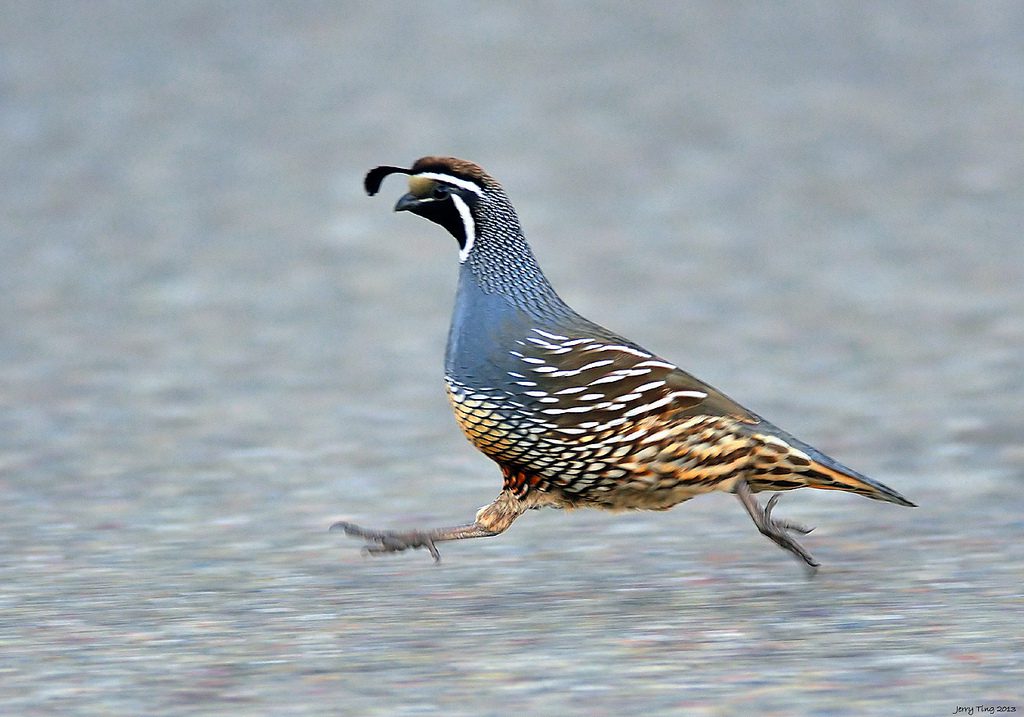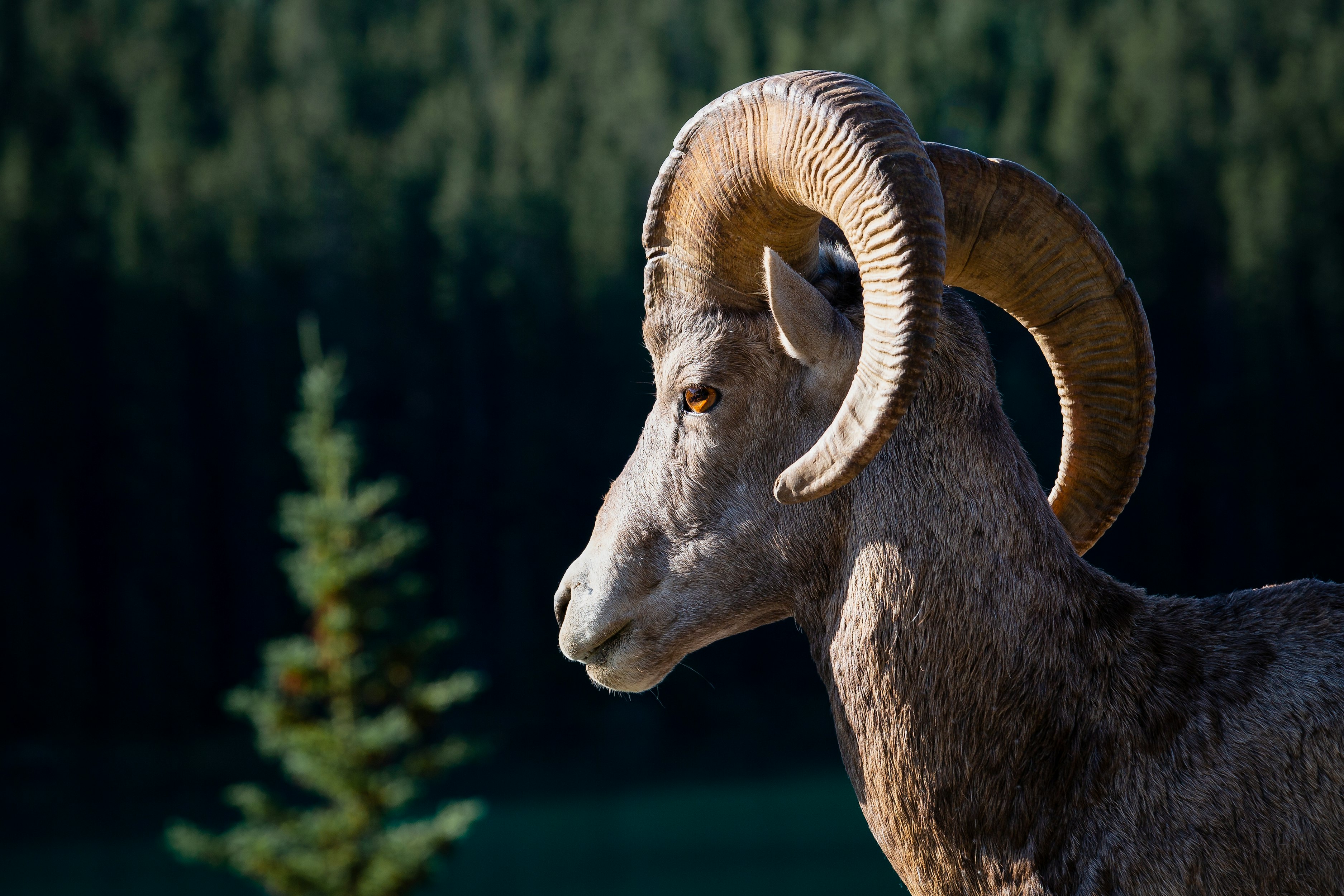Survival of Trans-Pecos Gambel’s Quail
The rapid disappearance of quail across North America, including the iconic Gambel’s Quail, is of great concern and merits study. Objectivity, though, is missing because the universities, agencies and conservation organizations that conduct the research and give advice assume the practices they promote are beneficial for ranches and wildlife. In truth however, agronomic principles applied to ecological systems will almost always cause harm.
This blinkered thinking about the ongoing decline of species like Gamble’s Quail means we don’t question the obvious. Instead of considering that our widespread practices are harmful, we look for scapegoats.
The likely—or at least most commonly accused—suspects are cows, predators and so-called invasive plants and animals. Scientists call this “confirmation bias.” As Mark Twain remarked, “It ain’t what you don’t know that gets you into trouble. It’s what you know for sure that just ain’t so.”
Circle Ranch is located in Hudspeth and Culberson counties near the ranch that hosted this study. Over the last 20 years in the areas on our ranch where the habitat is similar to the study area on our neighbor, we have seen a large increase in the number of Gamble’s Quail; we estimate Gambel’s Quail represent 60% of our total quail population in those areas of suitable habitat. We attribute this to holistic planned cattle grazing, water harvesting, Keyline subsoiling, and brush protection along draws and gullies. We use no agri-chemicals such as Spike® or Roundup®. Our quail numbers have increased during the period when we have also protected our predators.
We urge wildlife leaders to think holistically. We encourage them to cease ubiquitously using chemicals to clear brush, removing cattle that replace the ancient bison herds, and eradicating predators and so-called invasive animals and plants. Our best advice? Work with—not against—nature by developing practices that encourage what we want without attacking elements of systems we don’t remotely understand.
This article was published in the January 2018 issue of Texas Wildlife – Magazine of the Texas Wildlife Association. It is posted here with permission of the Texas Wildlife Association (www.texas-wildlife.org).



